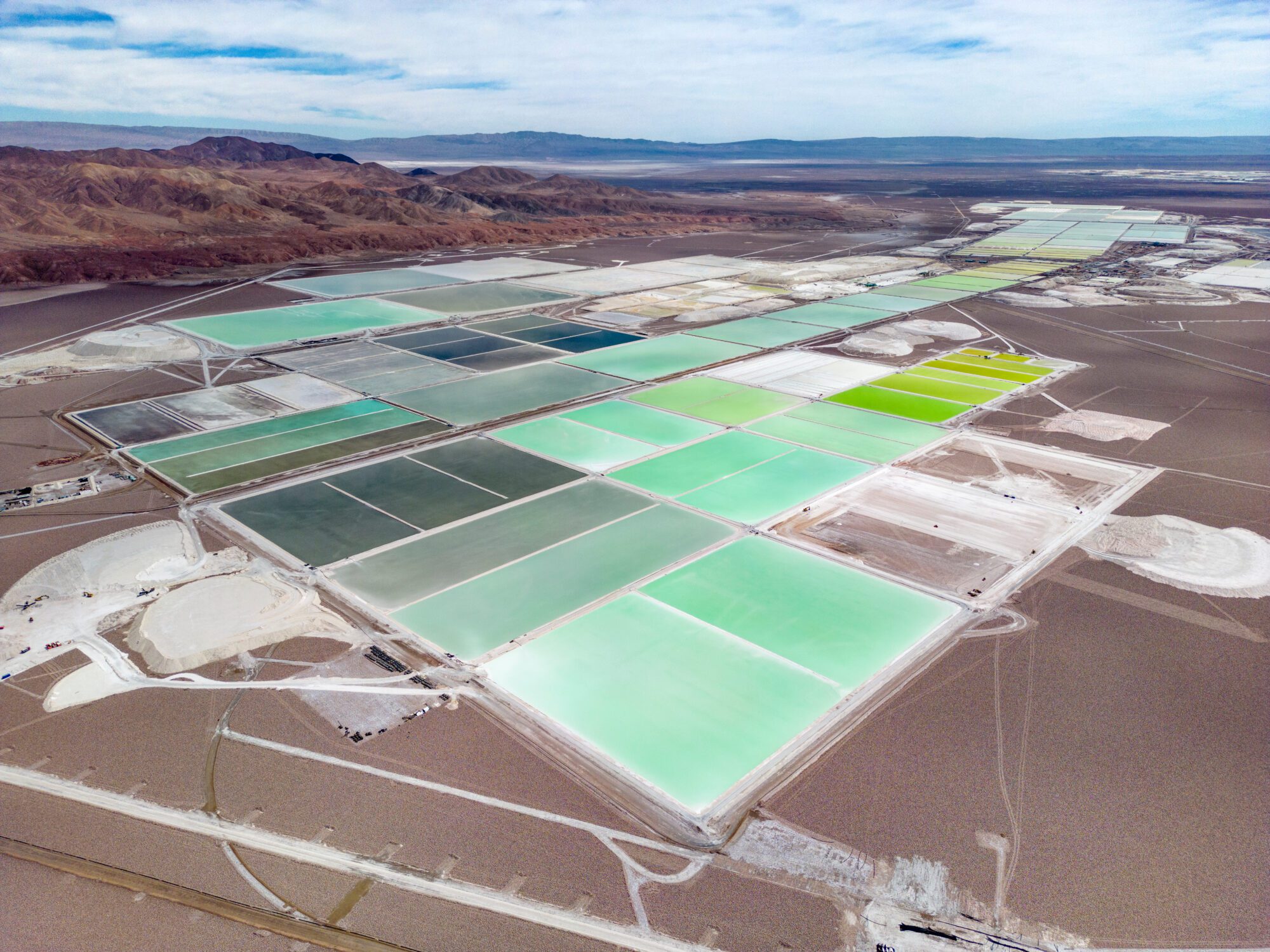This report explores the economic potential of lithium mining and estimates the additional revenue and job potential if Chile were to onshore additional parts of the battery production supply chain. The analysis also assesses the GHG emissions intensity, water consumption, and social impacts of lithium mining and battery production in Chile, in addition to opportunities for battery recycling.
Results of this analysis include the following:
- Lithium-ion battery demand from BEVs is projected to rise rapidly in Chile. Total battery demand from battery and plug-in hybrid electric vehicles is estimated to rise from 0.5 GWh in 2024 to 13.0–17.8 GWh in 2030 and to 27.7–38.0 GWh in 2035, This corresponds to an increase in Chilean lithium demand from vehicles from 44 t in 2024 to 1.1–1.5 kt in 2030 and to 2.3–3.2 kt in 2035.
- Lithium production capacity in Chile is expected to increase markedly by the end of the decade. The total announced lithium production capacity in Chile is projected to rise from 42 kt in 2024 to 64 kt in 2030 and 79 kt in 2035. Chile’s lithium export revenue is projected to amount to $7.3 billion in 2030 and $8.9 billion in 2035, which correspond to 2.2% and 2.7% of the country’s 2024 GDP, respectively.
- Expanding Chile’s current lithium mining and refining capacities to cathode production can provide considerable revenue and job potential. The production of cathode material alone could generate up to $1.1 billion in annual revenue in 2030 and $2.2 billion in annual revenue in 2035 when meeting the lithium-iron phosphate (LFP) demand from vehicle batteries in the Latin American market. The onshoring of LFP cathode material production could create 900–1700 jobs in 2030 and 2100–3700 jobs in 2035.
The lithium mining industry has disrupted communities and raised the cost of living in mining regions, and expanded mining activity could pose environmental risks for local ecosystems. The water consumption of lithium mining from brine in Chile is similar to that of hard rock mining in other regions but is of higher concern given the aridity of the desert ecosystems where salt flats are located. Freshwater consumption could be partially mitigated by technological improvements in lithium mines. Furthermore, the government so far has not consistently engaged local communities early in mine consultation processes. International best practices for due diligence requirements and community engagement could provide governance models for the Chilean government to mitigate the social and economic impacts of the lithium mining industry.
The analysis also puts forward policies for consideration that include incentives for the domestic production of battery and cell materials, such as the expanded provision with mining companies to reserve lithium quotas at preferential prices for value-added projects in the country, as well as regulations to reduce water use and greenhouse emissions in mines, reforms to the public consultation process to strengthen social participation and trust in the industry, and establishing extended producer responsibility regulations for battery collection and recycling.
The report summary is available here.
